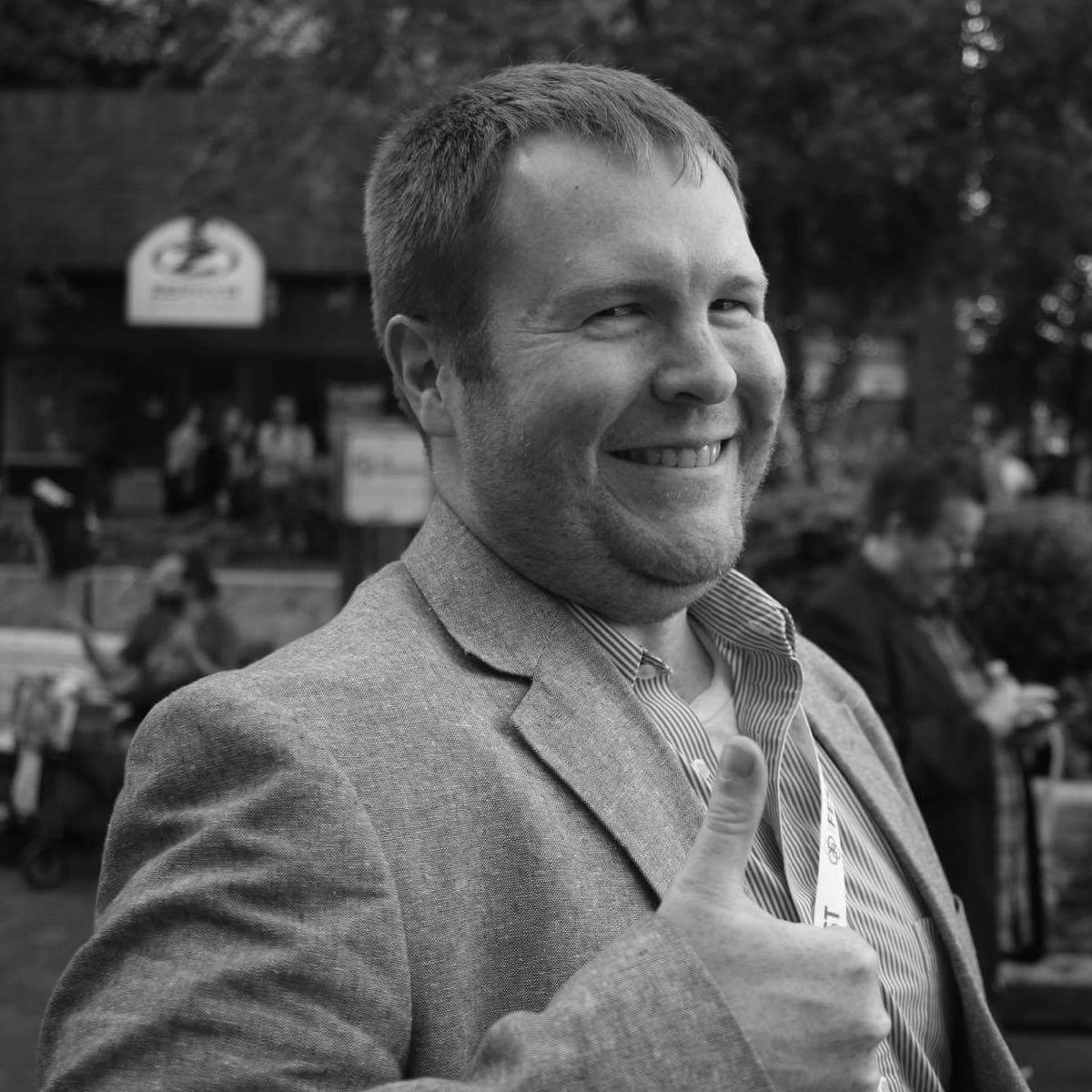Jim Collins
Good to Great
ISBN: 978-0-06-662099-2
Supplemental texts:
Turning the Flywheel (ISBN: 978-1-847-94255-5)
Good to Great and the Social Sectors (ISBN: 978-0-977-32640-2)
Good is the enemy of great. There are a lot of good people and a lot of good companies. However, one must go beyond good to become great. Then, when one becomes great, how can that greatness last? These were some of the questions that Jim Collins proposed in Good to Great, his study on how good companies made the jump to become great companies. This book is the follow-up to Built to Last, which Collins co-authored with Jerry Porras.
The process of going from good to great was a bit different than the process of building a company that would last the test of time, and while there was some overlap between the companies examined in both studies, the group were not exactly the same. It seemed like the focus was not as much on the CEO or leadership of the company in this book in comparison to Built to Last – it was more organizationally focused. The CEO and company leadership do play a part in taking a company from good to great – getting the right people on the bus and the wrong people off, for example – but the CEO is not the only piece of the puzzle. Company culture plays a huge role as well.
One of the main concepts discussed toward the end of the book was the concept of the flywheel and the associated doom loop. Momentum can either make or break your organization, as I’ve found trying to help build our local startup community. A flywheel takes a lot of effort to get going, but once it’s moving, each effort to move it in the same direction pays off in greater amounts. You have to keep moving the flywheel in the same direction, but each time you push it with the same force, it moves farther and faster. Organizations in the doom loop push the flywheel as well, but they push it in different directions in a misguided effort to find a correct direction. If you have the other pieces in place, you shouldn’t get sucked into the doom loop.
Much like Built to Last, Good to Great was packed with supplementary information. Collins mentioned the vast quantities of data that went into this study, and it shows in the appendices. The flow of the text made difficult concepts easy to understand, and this book along with its two supplemental texts were all great casual reads. It was also nice to see the Japanese concept of ikigai discussed through Collins’ Hedgehog Concept – I’ve seen this idea mentioned in other business texts in the past, and they had mentioned Good to Great as the source, so it was nice to see it in its original business context. I almost wish I’d had the chance to read this book first!
The two supplemental texts included with this review, according to the author, would have been two added chapters in a future edition of Good to Great. Turning the Flywheel took a deeper look at the flywheel concept discussed toward the end of the main text, discussing what can make the flywheel turn and what keeps it turning, as well as actions and activities that can grind the flywheel to a complete halt, destroying a company’s momentum. The flywheel can only be turned if the rest of the concepts addressed in Good to Great are in line – otherwise, you’re in trouble.
Good to Great and the Social Sectors took the concepts outlined in Good to Great and applied them to the world of nonprofits. As someone who has a very part-time role running a nonprofit, I really appreciated this text, as there are special considerations for nonprofits and charities beyond the for-profit goal of making money – yes, nonprofits still need to make money, but that money is used in vastly different ways than a traditional for-profit enterprise. It was nice to see these differences addressed. Nonprofits can be great in their own right!
Overall, 9/10, would highly recommend to any founder or CEO looking to take a good company or organization and make it that much better. Taking a company from good to great involves the CEO and leadership, much like creating an organization that will stand for generations to come. However, there are a lot of good companies that have been around for a long time. Creating a great company that can also live on beyond the original founders is a sight to behold, but not impossible. If you want greatness, you can achieve a culture of greatness – you just have to apply some effort.
